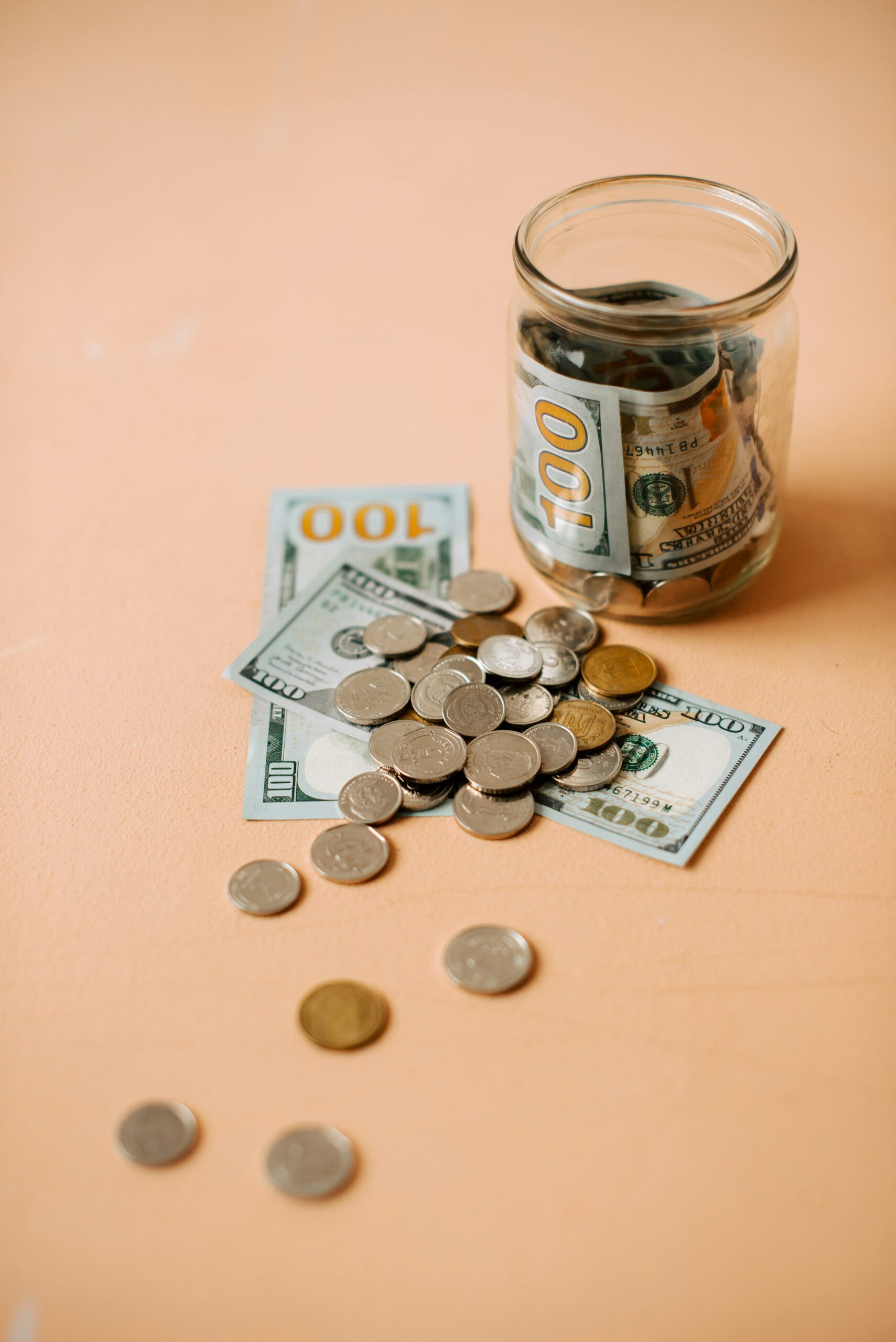Imagine a sudden medical emergency or unexpected job loss; having a financial cushion can make all the difference in such scenarios.
Understanding the Emergency Fund
An emergency fund is a dedicated savings account meant to cover unforeseen expenses. Financial experts emphasize its importance, highlighting that it acts as a safety net, preventing reliance on credit cards or loans during emergencies. According to a study by the Federal Reserve, 40% of Americans would struggle to cover a $400 emergency expense, underscoring the necessity of having a reserve.
Why You Need an Emergency Fund
Consider the story of Pete, a software developer who faced unexpected car repairs. Without an emergency fund, he had to use a high-interest credit card, leading to financial stress. An emergency fund helps avoid such situations, providing peace of mind and financial stability.
How Much Should You Save?
Experts recommend saving three to six months’ worth of living expenses. This table outlines potential monthly savings goals based on different income levels:
| Monthly Income | Suggested Emergency Fund |
|---|---|
| $2,000 | $6,000 – $12,000 |
| $3,000 | $9,000 – $18,000 |
| $4,000 | $12,000 – $24,000 |
| $5,000 | $15,000 – $30,000 |
| $6,000 | $18,000 – $36,000 |
| $7,000 | $21,000 – $42,000 |
| $8,000 | $24,000 – $48,000 |
| $9,000 | $27,000 – $54,000 |
Actionable Steps to Start Saving
- Set a Goal: Determine the amount you need and set a timeline to reach it.
- Automate Savings: Set up automatic transfers from your checking account to your savings account each month.
- Cut Unnecessary Expenses: Review your budget and identify areas to cut back.
- Increase Income: Consider side jobs or freelance work to boost your savings.
Maintaining Your Emergency Fund
Once you’ve established your fund, it’s crucial to keep it intact. Only use it for genuine emergencies and replenish it as soon as possible.
FAQs
What qualifies as an emergency?
Unexpected events like medical emergencies, car repairs, or job loss qualify as emergencies.
Can I use my emergency fund for planned expenses?
No, planned expenses should be saved for separately. The emergency fund is for unforeseen situations only.
How can I rebuild my fund after using it?
Resume your regular savings contributions and consider allocating any windfalls like tax refunds to replenish your fund.
Conclusion
Building an emergency fund is an essential step in personal finance management. By following the steps outlined above, you can create a robust financial safety net that provides security and peace of mind. Start today, and take control of your financial future.




Leave a Reply